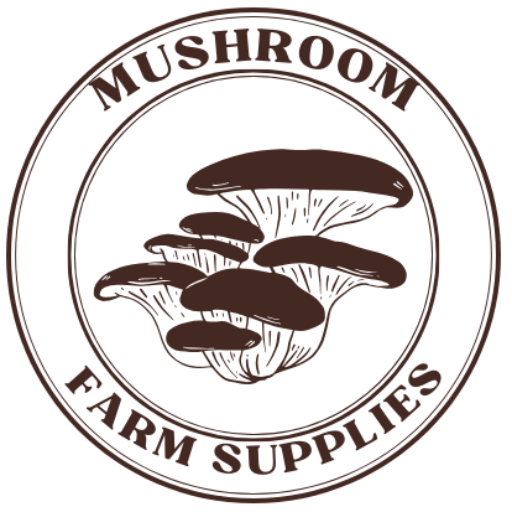What Are Mushroom Substrates?
Mushroom substrates are the materials used to grow mushrooms. They provide the necessary nutrients, moisture, and structure for mycelium to colonize and produce fruiting bodies. Common substrates include straw, wood chips, compost, and agricultural byproducts like sawdust or coffee grounds. The choice of substrate depends on the type of mushroom being cultivated, as different species have unique nutritional requirements.
Types of Mushroom Substrates
There are several types of substrates used in mushroom cultivation, each suited for specific mushroom species:
- Straw: Ideal for oyster mushrooms, straw is inexpensive and easy to prepare.
- Wood Chips/Sawdust: Perfect for wood-loving mushrooms like shiitake and reishi.
- Compost: Commonly used for button mushrooms, compost is rich in nutrients and organic matter.
- Coffee Grounds: A sustainable option for small-scale growers, often used for oyster mushrooms.
- Manure: Provides high nutrient content, suitable for species like portobello and button mushrooms.
Preparing Mushroom Substrates
Proper substrate preparation is crucial for successful mushroom cultivation. The process typically involves:
- Pasteurization: Heating the substrate to kill harmful microorganisms while preserving beneficial ones.
- Sterilization: Using high heat or pressure to eliminate all microorganisms, often done for sawdust or grain substrates.
- Supplementation: Adding nutrients like bran or gypsum to enhance substrate quality and mushroom yields.
Choosing the Right Substrate for Your Mushrooms
Selecting the right substrate depends on the mushroom species you’re growing. For example:
- Oyster Mushrooms: Thrive on straw, coffee grounds, or cardboard.
- Shiitake Mushrooms: Prefer hardwood sawdust or logs.
- Button Mushrooms: Require nutrient-rich compost or manure-based substrates.
Research the specific needs of your chosen mushroom species to ensure optimal growth and yields.
Watch and Learn: Substrate Preparation Techniques
Here are some helpful videos to guide you through substrate preparation:
Common Mistakes to Avoid
When working with mushroom substrates, avoid these common pitfalls:
- Improper Sterilization: Inadequate sterilization can lead to contamination, ruining your crop.
- Over-Supplementation: Adding too many nutrients can cause overheating and harm the mycelium.
- Incorrect Moisture Levels: Substrates that are too dry or too wet can hinder mycelium growth.
Conclusion
Mushroom substrates are the foundation of successful mushroom cultivation. By understanding the different types of substrates, how to prepare them, and which ones suit your mushroom species, you can achieve healthy mycelium growth and bountiful harvests. Whether you’re a beginner or an experienced grower, mastering substrate preparation is key to unlocking the full potential of your mushroom farm.
